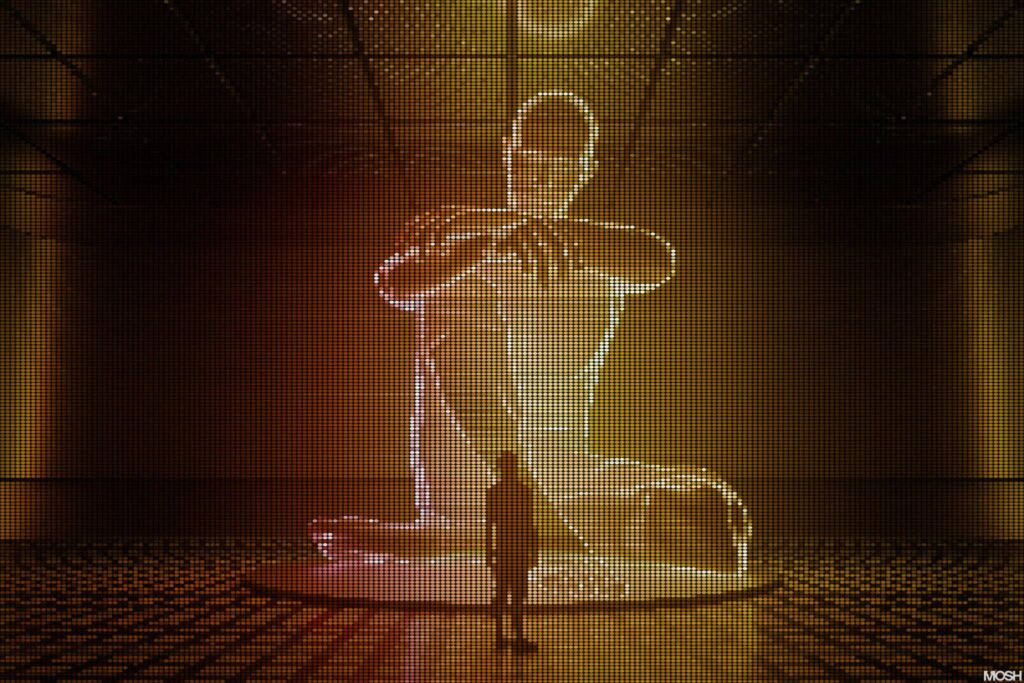Web3: Built for Machines, Not Humans
Web3 has often been perceived as a platform designed for human users, but the reality is far more complex. The architecture of Web3 is fundamentally structured to accommodate machines and their interactions. While it has spurred interest among millions engaging with blockchain networks, decentralized finance (DeFi) protocols, and decentralized applications (dApps), its true potential remains largely untapped.
A staggering 10% of the global population reportedly owns cryptocurrencies; however, only a small fraction actively utilizes decentralized applications as alternatives to traditional Web2 platforms. This gap isn’t due to a lack of technological capabilities within Web3 but stems from its usability challenges and inherent complexities.
The Awakening of AI Agents
As we stand on the brink of a transformative shift, AI agents are emerging as the autonomous economic actors that Web3 has been waiting for. The term “Post Web,” coined by Outlier Ventures, encapsulates a future where AI agents execute tasks, manage assets, and transact on behalf of users. This evolution signifies the repurposing of the entire Web3 stack, transitioning from a complexity that hindered user engagement to an environment optimized for machine interaction.
With AI agents at the helm, Web3 is set to realize its full capabilities. Unlike humans, these agents excel in navigating complexity, allowing them to process vast amounts of data, automate intricate workflows, and operate seamlessly within decentralized networks. This advancement paves the way for a new era where Web3 can finally function at the scale it was originally designed for.
The Post Web Tech Stack: A Shift in Paradigm
The past decade has seen the construction of decentralized infrastructures, yet the integration of AI has been overlooked. As AI agents begin to assume the role of primary users, the Web3 stack must undergo two critical transformations:
1. **Optimizing Existing Infrastructure for AI Agents**
Upgrading decentralized systems to support machine-driven transactions and autonomous coordination is essential. This adaptation is vital for ensuring that AI agents can efficiently interact with the technological framework of Web3.
2. **Developing a New Agentic Layer**
Introducing a computational and coordination layer specifically designed for hosting and managing AI agents will be crucial. This layer will enable agents to handle economic activities on behalf of users, streamlining interactions and decision-making processes.
Three Core Layers of the Post Web Stack
At Outlier Ventures, our research into the Post Web highlights three foundational layers necessary for creating an internet tailored for machines:
1. **The Agentic Layer: AI as the Interface**
In the Post Web, users will rely on AI agents to navigate wallets, exchanges, and dApps. These agents serve as personalized digital intermediaries, executing transactions and managing assets while allowing users to focus on high-level goals without the burden of complex interactions.
2. **The Trust Layer: Smart Contracts and DLT**
For AI agents to perform real-world tasks, they require deterministic environments ensuring that transactions and agreements are executed with clarity. Blockchain technology and smart contracts provide this essential framework, offering self-executing agreements that facilitate secure and transparent economic activities.
3. **The Infrastructure Layer: Decentralized Resources**
AI agents need access to computing power, storage, and decentralized data networks to operate autonomously. Decentralized Physical Infrastructure Networks (DePIN) offer the necessary resources, distributing computing and storage across permissionless networks to ensure resilience and cost-effectiveness.
The Internet is Transforming
For decades, the internet has been dominated by human-centric interfaces and centralized control. However, we are now witnessing the dawn of a new era. The Post Web stack is not merely an improvement; it represents a profound redefinition of how digital interactions will occur, with AI agents taking center stage as the primary users.
This transformation signifies the decline of the traditional web as we know it, paving the way for a future where machine-driven autonomy reigns. The crucial question for innovators and entrepreneurs is no longer whether this shift will happen, but rather how prepared they are to embrace and build for this new landscape.



